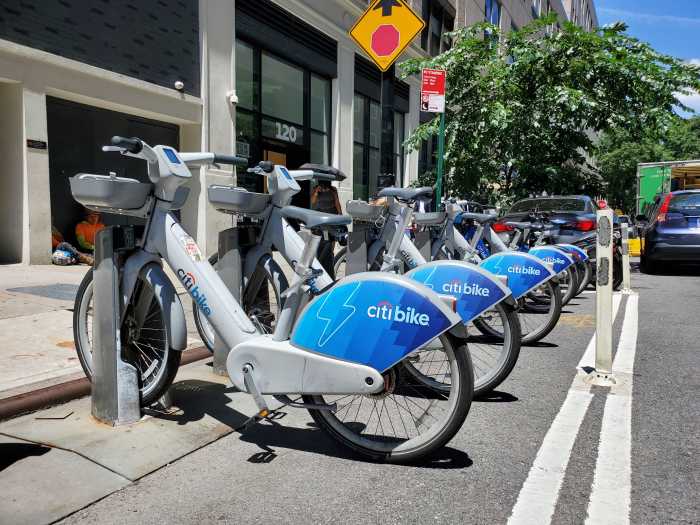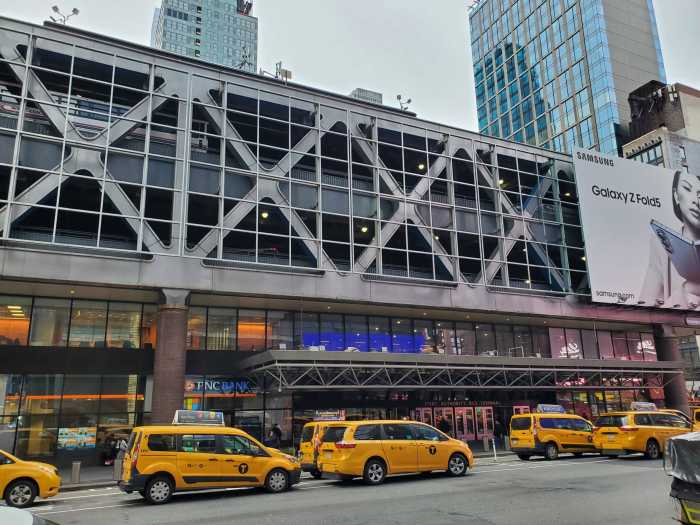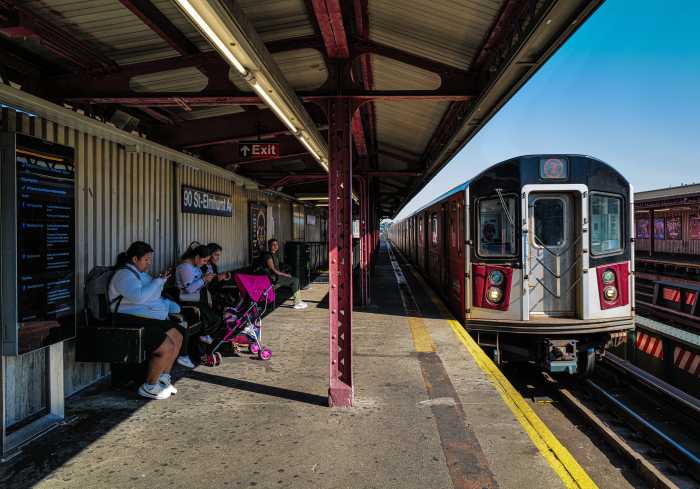-

Photo Credit: Newsday / Alejandra Villa -

Photo Credit: Newsday / Alejandra Villa -

Photo Credit: Newsday / Alejandra Villa -

Photo Credit: Vincent Barone -

Photo Credit: Vincent Barone -

Photo Credit: Vincent Barone
It might take nearly a century to build a new subway station under Second Avenue, but making sure commuters can navigate the line once it’s open is a feat in and of itself.
Workers at the MTA’s sign shop in Crown Heights are putting in extra hours to fulfill orders for new service signage. The W train’s revival this Nov. 7 to accomodate the Second Avenue subway launch means the agency needs 1,751 new signs for 83 stations, from Coney Island to Astoria.
“It’s a little chaotic,” said John Kern, the assistant director of station signs, during a press tour Tuesday. “It’s a big order for us but we’re on schedule.”
Fulfilling that order of signs, made of aluminum with vinyl lettering and decals, is very much a hand-made process.
“It feels good to see your work out on the subways,” said sign fabricator Marc Lussier, who was in the process of adding lettering to a new Fifth Avenue subway sign for the soon-to-be N, R, W line. “A lot of people do work that never materializes.”
W train sign making has been a year-long affair that began with staff surveying every impacted station for signs that would need to be replaced to build an order. Old signs are then recycled.
At the start of the physical process, the aluminum for a typical black subway sign is cut. The Helvetica typeface used on subway signs is printed from a computer onto a sheet of white vinyl. A sign fabricator then peels away the excess vinyl, revealing the text. That text is placed on transfer paper, which is very carefully pressed onto the aluminum so as to ensure there are no air bubbles.
Guides are followed to make sure text, subway bullets, exit signs and the other staples are all properly placed. There must be a half-inch separation between subway bullets and a half-inch separation between the edge of a sign and where text begins. The top of a typical sign fabricator’s desk is a colorful heap of rulers, subway bullets and transfer paper.
“The goal is uniformity,” said Jonas Mlenak, another fabricator. “I know we’re doing a good job if I can walk around the subway and can’t tell if a sign is one that I made or a coworker made.”
Mlenak on Tuesday was performing one of the last steps before a sign hits the tunnels: lamination. He cleaned a newly made sign with detergent — a small speck of dust could be magnified under the cover. He then ran the sign under a roller that laid a laminate tightly over the sign. The lamination gives the shiny aluminum a matte-looking finish, but it’s really needed to protect the signs from vandalism and weather.
Signs, referred to as “caps,” are then bent into their proper shape. Signs are typically named after the shape they form. Like the subways, it’s usually a letter. There are the “L caps,” “J caps,” and “C caps,” among others.
Old subway signs from the MTA’s silk-screening days adorned the walls of the workers’ station. The agency ditched the paint for vinyl lettering back in the 1980s, according to a shop worker.
“I don’t think people understand the work that goes into this,” said Lussier. “I think most people just think these signs magically appear overnight.”


































